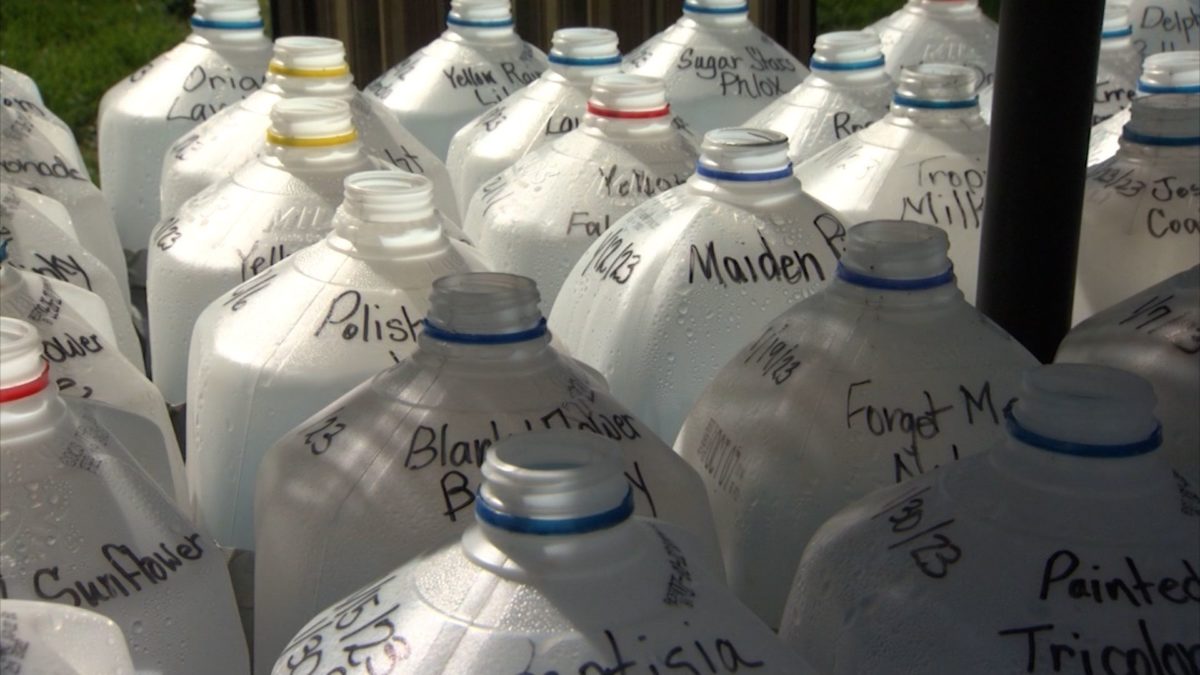Earthworms: The Good, and the Destructive
Host Jeff Poppen, a biodynamic farmer, uses a lot of compost. By doing that, he is rewarded with a plentiful amount of earthworms that aerate the soil and leave nutrients behind. However, not all worms are beneficial. Jeff meets up with an entomologist to learn about a destructive species known as the crazy jumping worm.
















